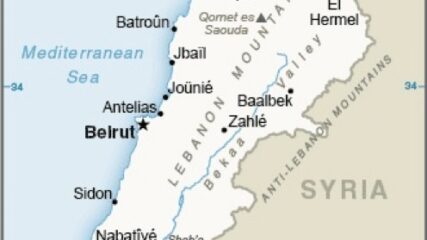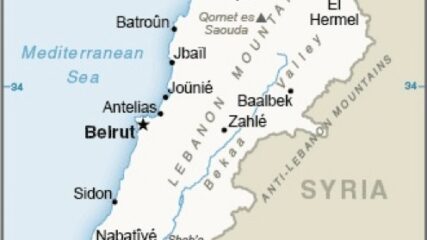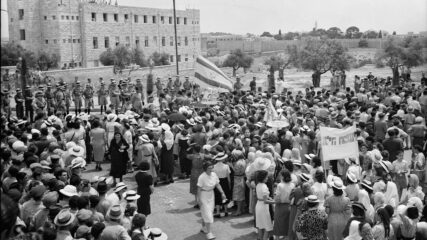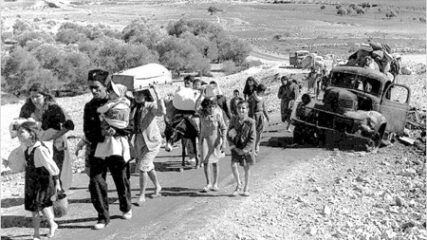Egyptian-Drafted U.N. Security Council Resolution 2334 on Israeli Settlements and East Jerusalem, 2016
December 23, 2016 U.N. Security Council Resolution 2334 on Israeli Settlements and East Jerusalem https://www.un.org/press/en/2016/sc12657.doc.htm Reaffirming its relevant resolutions, including resolutions 242 (1967), 338 (1973), 446 (1979), 452 (1979), 465 (1980), 476 (1980), 478 (1980),…














